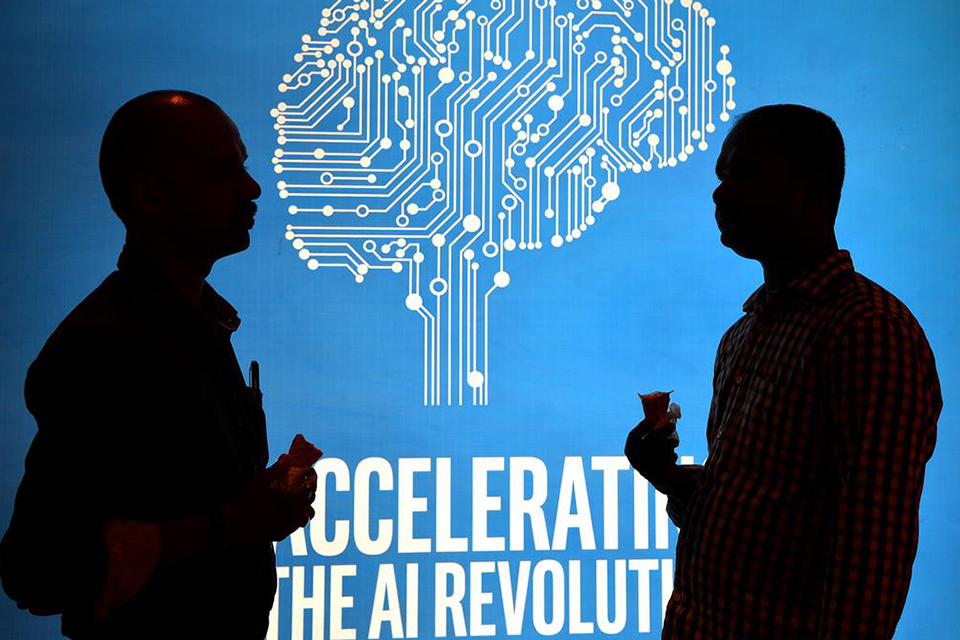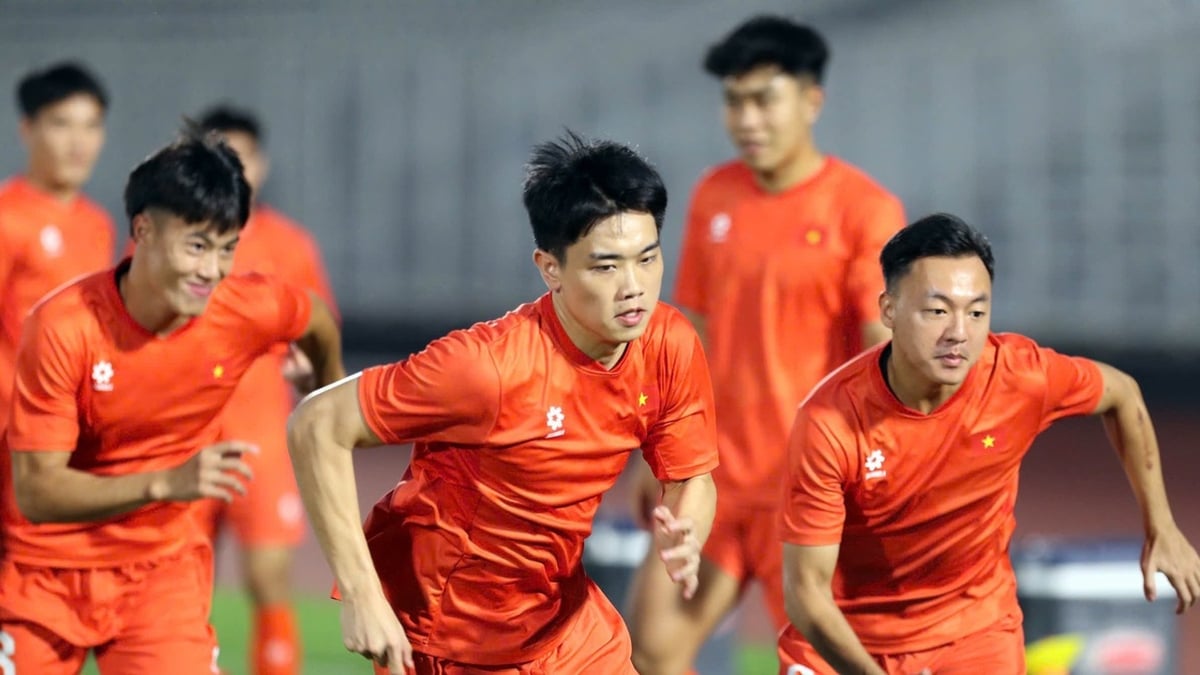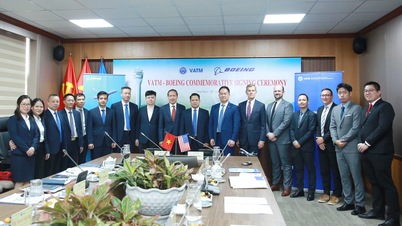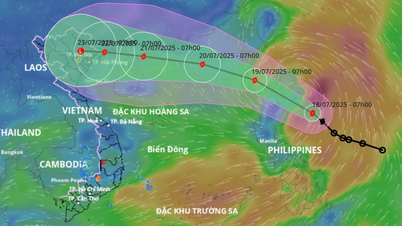In recent years, driven by factors such as breakthroughs in large-scale language modeling and machine learning, as well as dramatic improvements in computing power, companies and organizations around the world are competing fiercely to attract AI talent.

China has been able to develop so much AI talent in part because it has invested heavily in AIeducation .
Using data from NeurIPS, the largest and most prestigious AI summit of the year that brings together the most cutting-edge AI research, MacroPolo conducted a report to quantify the global balance of talent – a critical factor for the development of the AI ecosystem. Authors of papers accepted by NeurIPS are an excellent indicator of their status among the top 20% of researchers in AI research.
MacroPolo's "Countries with the Top 20% of AI Researchers" chart shows some striking numbers. In 2019, the share was 29% in China, 20% in the US, 17% in Europe, and 8% in India. But by 2022, the share will be 47% in China, 18% in the US, 12% in Europe, and 5% in India. This suggests that about half of the top AI researchers are from China.
However, the data also shows a chart of the countries where the top 20% of AI researchers work. In 2019, the US was home to 59%, China was home to 11%, Europe was home to 10%, and Canada was home to 6%. By 2022, the US will be home to 42%, China will be home to 28%, Europe will be home to 12%, and Canada will be home to 2%.
These charts show that China's domestic AI talent pool is expanding rapidly and that the country's own demand for AI is also growing. The New York Times points out that "China has been able to develop so much AI talent in part because it has invested heavily in AI education."
Since 2018, China has added AI programs to more than 2,000 departments and more than 300 schools, all at top universities, said Damian Ma, CEO of MacroPolo. However, many of them are pursuing AI applications in industry and manufacturing rather than focusing on the breakthrough of general AI that dominates the US AI industry.
It is this Chinese AI talent that has put the US in a dilemma. While the country is trying to prevent espionage from China, it is forced to accept Chinese AI researchers or it will fall behind in the AI field. As a result, many leaks can occur. Most notably, in March 2024, a former Google employee from China was indicted for stealing AI-related trade secrets and transferring them to a Chinese company.
Source link



![[Video] More than 100 universities announce tuition fees for the 2025–2026 academic year](https://vphoto.vietnam.vn/thumb/1200x675/vietnam/resource/IMAGE/2025/7/18/7eacdc721552429494cf919b3a65b42e)

























































































![[Infographic] In 2025, 47 products will achieve national OCOP](https://vphoto.vietnam.vn/thumb/402x226/vietnam/resource/IMAGE/2025/7/16/5d672398b0744db3ab920e05db8e5b7d)





Comment (0)